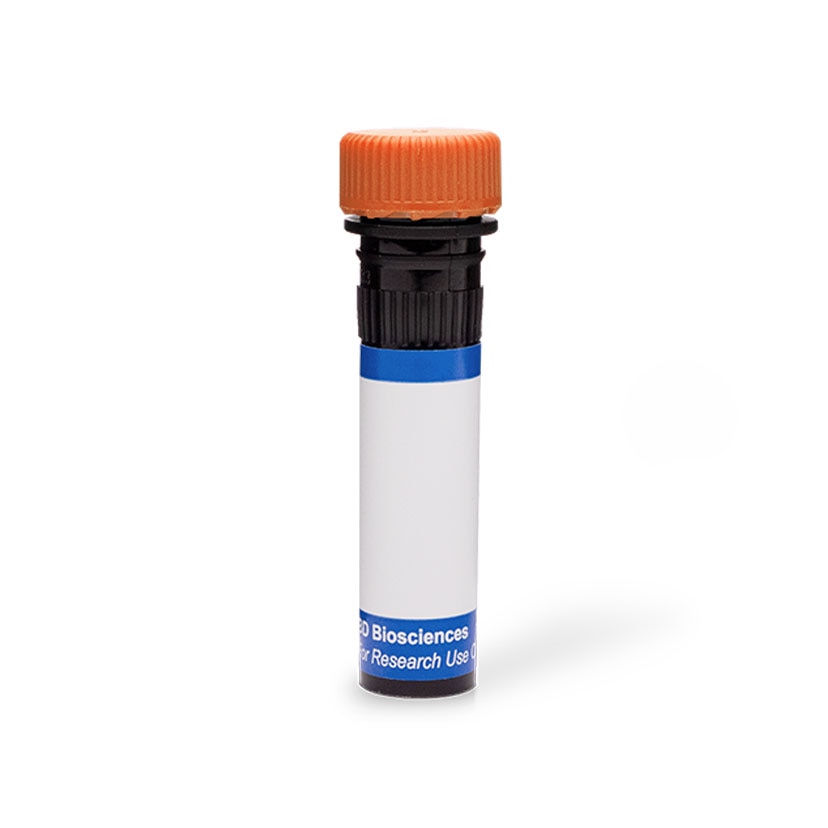-
Reagents
- Flow Cytometry Reagents
-
Western Blotting and Molecular Reagents
- Immunoassay Reagents
-
Single-Cell Multiomics Reagents
- BD® OMICS-Guard Sample Preservation Buffer
- BD® AbSeq Assay
- BD® Single-Cell Multiplexing Kit
- BD Rhapsody™ ATAC-Seq Assays
- BD Rhapsody™ Whole Transcriptome Analysis (WTA) Amplification Kit
- BD Rhapsody™ TCR/BCR Next Multiomic Assays
- BD Rhapsody™ Targeted mRNA Kits
- BD Rhapsody™ Accessory Kits
- BD® OMICS-One Protein Panels
-
Functional Assays
-
Microscopy and Imaging Reagents
-
Cell Preparation and Separation Reagents
-
- BD® OMICS-Guard Sample Preservation Buffer
- BD® AbSeq Assay
- BD® Single-Cell Multiplexing Kit
- BD Rhapsody™ ATAC-Seq Assays
- BD Rhapsody™ Whole Transcriptome Analysis (WTA) Amplification Kit
- BD Rhapsody™ TCR/BCR Next Multiomic Assays
- BD Rhapsody™ Targeted mRNA Kits
- BD Rhapsody™ Accessory Kits
- BD® OMICS-One Protein Panels
- Netherlands (English)
-
Change country/language
Old Browser
This page has been recently translated and is available in French now.
Looks like you're visiting us from United States.
Would you like to stay on the current country site or be switched to your country?
BD OptiBuild™ RB613 Mouse Anti-Mouse CD159a (NKG2A)
Clone 16a11 (also known as 16A11) (RUO)


Regulatory Status Legend
Any use of products other than the permitted use without the express written authorization of Becton, Dickinson and Company is strictly prohibited.
Preparation And Storage
Recommended Assay Procedures
BD® CompBeads can be used as surrogates to assess fluorescence spillover (compensation). When fluorochrome conjugated antibodies are bound to BD® CompBeads, they have spectral properties very similar to cells. However, for some fluorochromes there can be small differences in spectral emissions compared to cells, resulting in spillover values that differ when compared to biological controls. It is strongly recommended that when using a reagent for the first time, users compare the spillover on cells and BD® CompBeads to ensure that BD® CompBeads are appropriate for your specific cellular application.
The 16a11 monoclonal antibody specifically recognizes the Mouse CD159a alloantigen that is also known as NKG2A alloantigen (NKG2A[B6] or NKG2AB6) which is expressed on subsets of C57BL/6 mouse NK, NK-T, or activated CD8+ T cells. CD159a (NKG2AB6) is an ~40 kDa single-pass type II transmembrane glycoprotein that is encoded by Klrc1 (Killer cell lectin-like receptor subfamily C member 1). This NKG2 receptor is comprised of an extracellular region with one C-type lectin domain followed by a transmembrane segment and a cytoplasmic tail with two immunoreceptor tyrosine-based inhibitory motifs (ITIMs). It is expressed on the cell surface as a heterodimer that is disulfide bonded to CD94, an invariant type II C-type lectin-like transmembrane glycoprotein. The 16a11 antibody does not recognize NKG2A[BALB], the NKG2A alloantigen expressed by BALB/c mouse leucocytes. This antibody neither crossreacts with other NKG2 family members, NKG2C (NKG2C[B6]) nor NKG2E (NKG2E[B6]) alloantigens, nor CD94. Heterodimeric complexes of CD94 with either NKG2A, C, or E recognize Qa-1, a non-classical self-MHC class I antigen, presenting the Qdm signal peptide. This recognition endows NK cells with the capacity to detect cells with abnormal MHC class I expression that may result from cellular transformation or viral infection. Ligand-bound CD159a (NKG2AB6):CD94 can play a role in the inhibition of NK cell-mediated target cell lysis. When costaining cells with the 20d5 monoclonal antibody that is specific for mouse NKG2A/C/E receptors, crossblocking was reportedly minimized by first incubating cells with the 16a11 antibody and followed by the 20d5 antibody.

No Citations Are Available for this Product
Please refer to Support Documents for Quality Certificates
Global - Refer to manufacturer's instructions for use and related User Manuals and Technical data sheets before using this products as described
Comparisons, where applicable, are made against older BD Technology, manual methods or are general performance claims. Comparisons are not made against non-BD technologies, unless otherwise noted.
For Research Use Only. Not for use in diagnostic or therapeutic procedures.